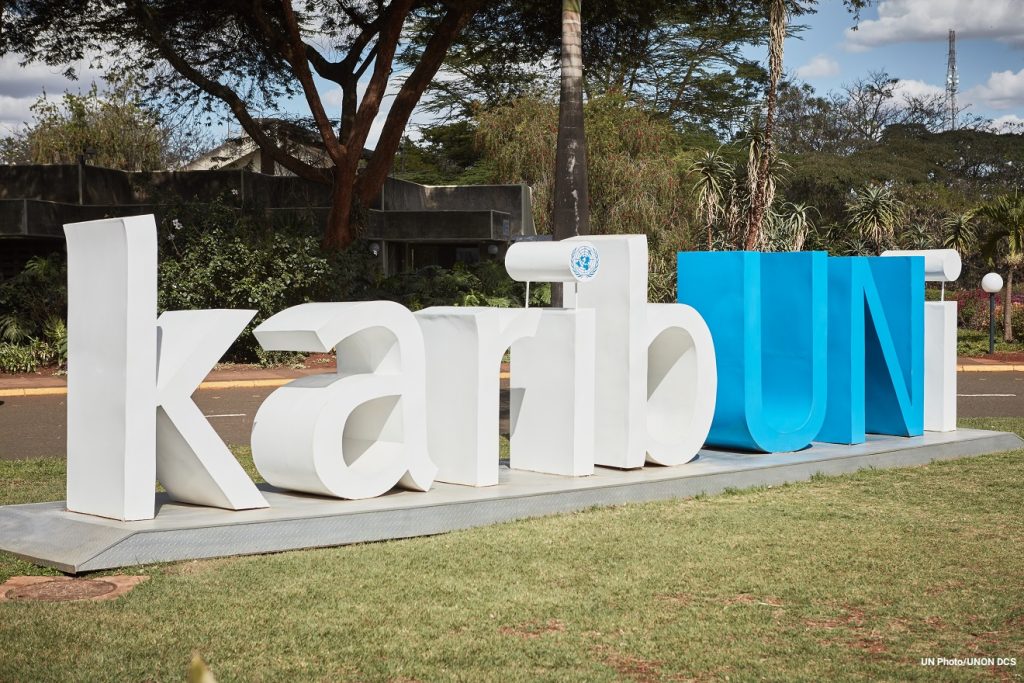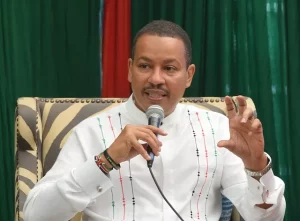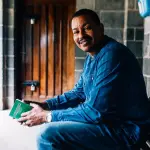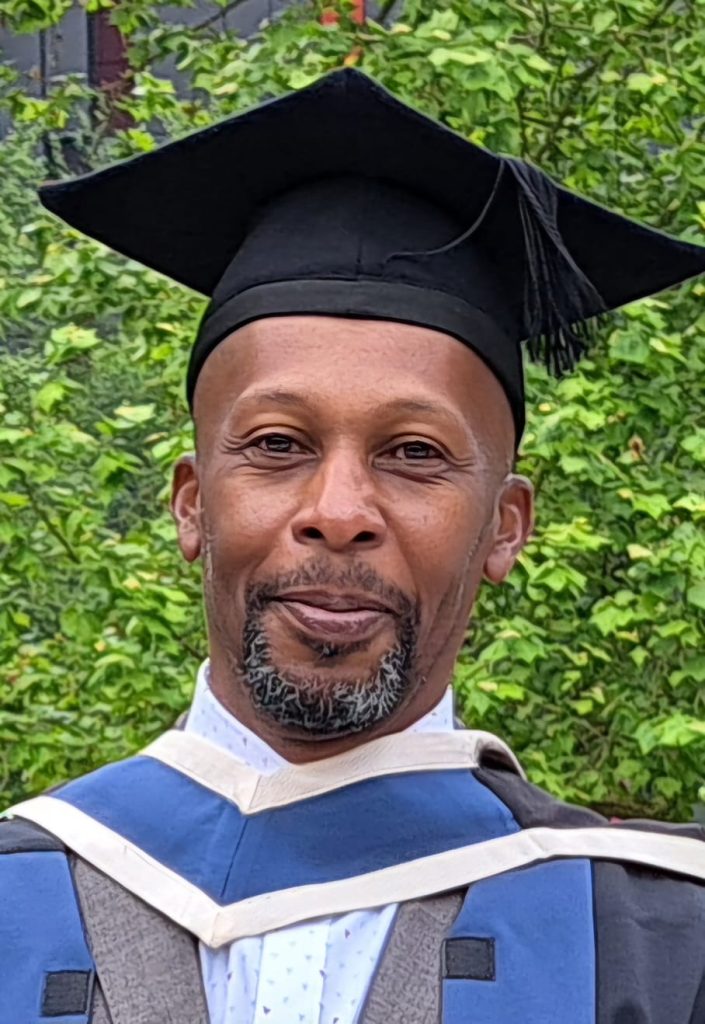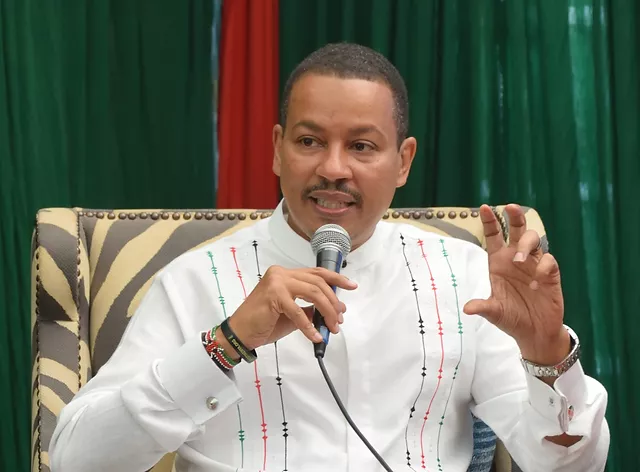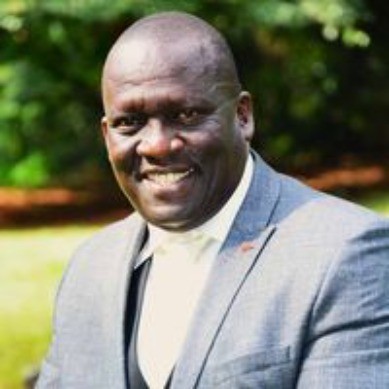By Wahome Ngatia
In our final installment, UNON cements Nairobi as the hub of global agencies and development organizations. UNON acts as the coordinating, administrative body that supports other agencies including the ones are planning to set up shop next year. Here’s a little about UNON.
When you walk into the leafy Gigiri suburb of Nairobi, past the tight security gates and manicured lawns, you enter a place unlike any other on the continent. This is the United Nations Office at Nairobi (UNON)—a complex that quietly powers global diplomacy from Africa’s soil.
Who is UNON?
The United Nations Office at Nairobi is one of only four UN headquarters worldwide, alongside New York, Geneva and Vienna. Established in 1996 by the UN General Assembly, UNON was created to consolidate the growing UN presence in Kenya, particularly the two flagship agencies already based there: the United Nations Environment Program (UNEP) and the United Nations Human Settlements Programme (UN-Habitat).
UNON was not formed merely as an administrative convenience. Its creation symbolized a deliberate commitment: to give the Global South—not just the West—a permanent seat in the architecture of global governance.
What does UNON do?
In practice, UNON functions as the administrative, conference and logistical backbone for all UN entities based in Nairobi. It provides human resources, finance, security, and information technology services that allow UNEP, UN-Habitat and dozens of smaller UN bodies to focus on their mandates.
It also manages the United Nations complex in Gigiri, one of Africa’s largest conference facilities. With its iconic crescent-shaped buildings, state-of-the-art auditoriums and multilingual conference halls, Gigiri regularly hosts global summits on climate change, biodiversity, housing, and peace. It is not unusual to see presidents, ministers, scientists, and activists walking the same corridors, hashing out policies that shape the world.
Put simply: UNON makes it possible for Nairobi to function as a true UN capital.
Leadership and structure
UNON is led by a Director-General (Zainab Bangura is the current DG) who also serves as the Secretary-General’s representative in Kenya. This dual role ensures both high-level oversight of the Nairobi complex and close diplomatic engagement with the Kenyan government. The Director-General works hand-in-hand with the Executive Directors of UNEP and UN-Habitat, creating a seamless hub of coordination.
Why Nairobi matters
UNON’s presence has given Nairobi a unique diplomatic edge. It provides a permanent base for over 20 UN entities, from humanitarian agencies to specialized programs, making the city a nerve center for global policy on environment, housing, refugees, health, and development.
For the UN, it reduces costs and strengthens operations by clustering multiple agencies under one roof. For Kenya, it cements Nairobi’s place as the diplomatic capital of the Global South, attracting NGOs, donor agencies and international media in its orbit.
More than a workplace
The Gigiri complex itself is more than offices and meeting halls. It is a symbol: of Nairobi’s ability to host the world, of Africa’s role in global debates, and of the possibilities that open when the Global South is not just a recipient of aid but a convener of solutions.
UNON also provides joint and common services to other organizations of the UN System in Kenya. Home to diverse fauna and flora in a rich environmental ecosystem, UNON sits on 140-acres of land, the largest of any UN compound in the world.
Three decades later
Nearly three decades after its creation, UNON remains the beating heart of the UN in Africa. It supports, sustains, and amplifies the work of UNEP, UN-Habitat and the wider UN family. More importantly, it ensures that Nairobi is not just a spectator but a stage where the future of the planet is debated and decided.

